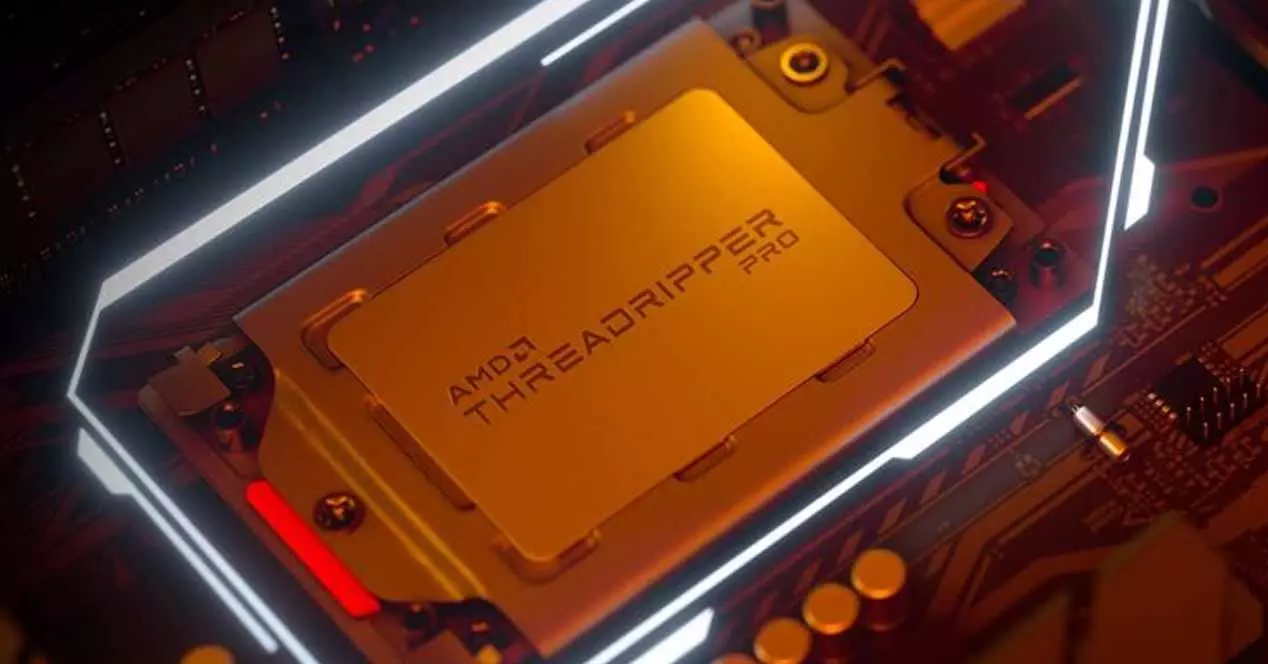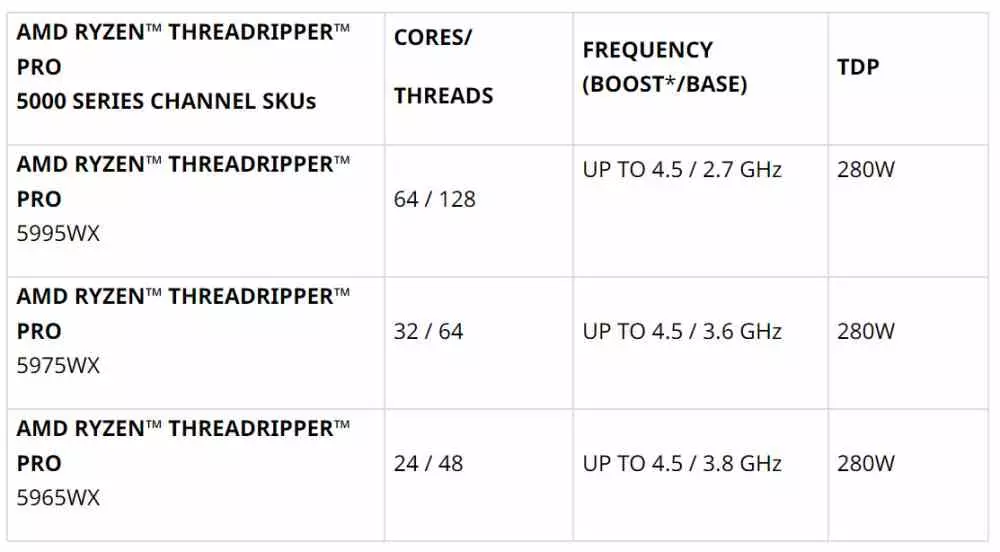
There is very little left for AMD and after much waiting to finally launch its Threadripper 5000 Pro. The launch date of the processor will be at some point in the pnext month of july 2022. So at the time of writing this news, we still have a few weeks left for its final release. Until now it had been limited to systems like Lenovo’s ThinkStation P620.
Many of our readers will be surprised by our statements about AMD’s gradual exit from the HEDT market. That of the so-called high-power workstations and which are usually based on adapted server processors. The delay in the launch of its Threadripper 5000 compared to other processors based on Zen 3 shows us this. If we add to this that there is nothing in its roadmap that refers to a future processor of this type based on Zen 4 or some variant of it, then it is very clear that the interest of Lisa Su’s in this market is at least quite limited at present. And in the midst of the enormous shortage added to the lack of competition from Intel, we find ourselves with the most poorly treated segment in terms of processors.
Finally the Threadripper 5000 Pro will be available
Well yes, after a long time being a rumor and with its availability limited only to computer manufacturers. At last we will be able to set up a workstation using a Threadripper 5000 Pro as the central processor. In total with the three different configurations that you can see in the image below these lines.
In case you have a system with a Threadripper 3000 processor you will not have to change the motherboard to mount the Threadripper 5000 Pro on it, since it has been intended for the socket sWRX8 found on motherboards with chipset WRX80. Threadrippers are generally nothing more than workstation-friendly versions of AMD EPYCs, but they do have a twist when it comes to workstation and server processors. We refer to the ability to reach higher speeds through the same Boost mechanism than desktop CPUs. Something that is not usually used in CPUs for servers that have to be active at all hours.
The greater number of cores also means a greater number of CCDs and with it the use of a larger socket, which leads us to, as we have mentioned before, the use of a different socket for the CPU than that of the Ryzen. This does not mean that they are the same specifications for the motherboard, since it inherits the same capabilities as its counterpart for servers. Namely, 128 PCIe Gen 4 lanes for expansion cards. As for RAM, it has support for 8 channels of DDR4 memory where we can use both modules UDIMM What RDIMMboth types with ECC support.




